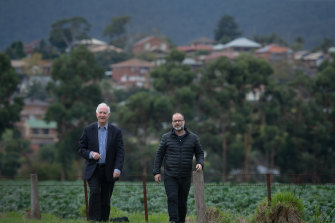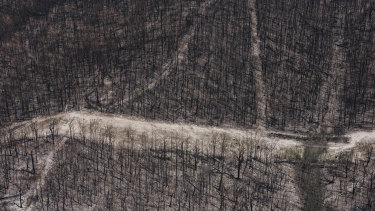A strong future Australian economy can be created by embracing a low emissions economy, and risks sacrificing much of its economic advantages if its doesn’t, according to one of Australia’s leading economists.
 |
| Ross Garnaut - we need to accelerate our transition to renewable energy. |
Addressing the Stimulus Summit co-hosted by the Smart Energy Council and RenewEconomy, leading economist Professor Ross Garnaut said that there is an increasing appreciation of the benefits of acting on climate change, and the opportunities that exist in accelerating the transition to a clean energy economy.
Expressing optimism about the opportunities that exist in a transition to zero net emissions, Garnaut said that the transition provides a way for Australia to invest in future industries, while also supporting the economy to recover after the impacts of Covid-19.
Read the story from RenewEconomy by Michael Mazengarb - “Garnaut: Australia will lose competitive advantage if no clean energy transition.”






